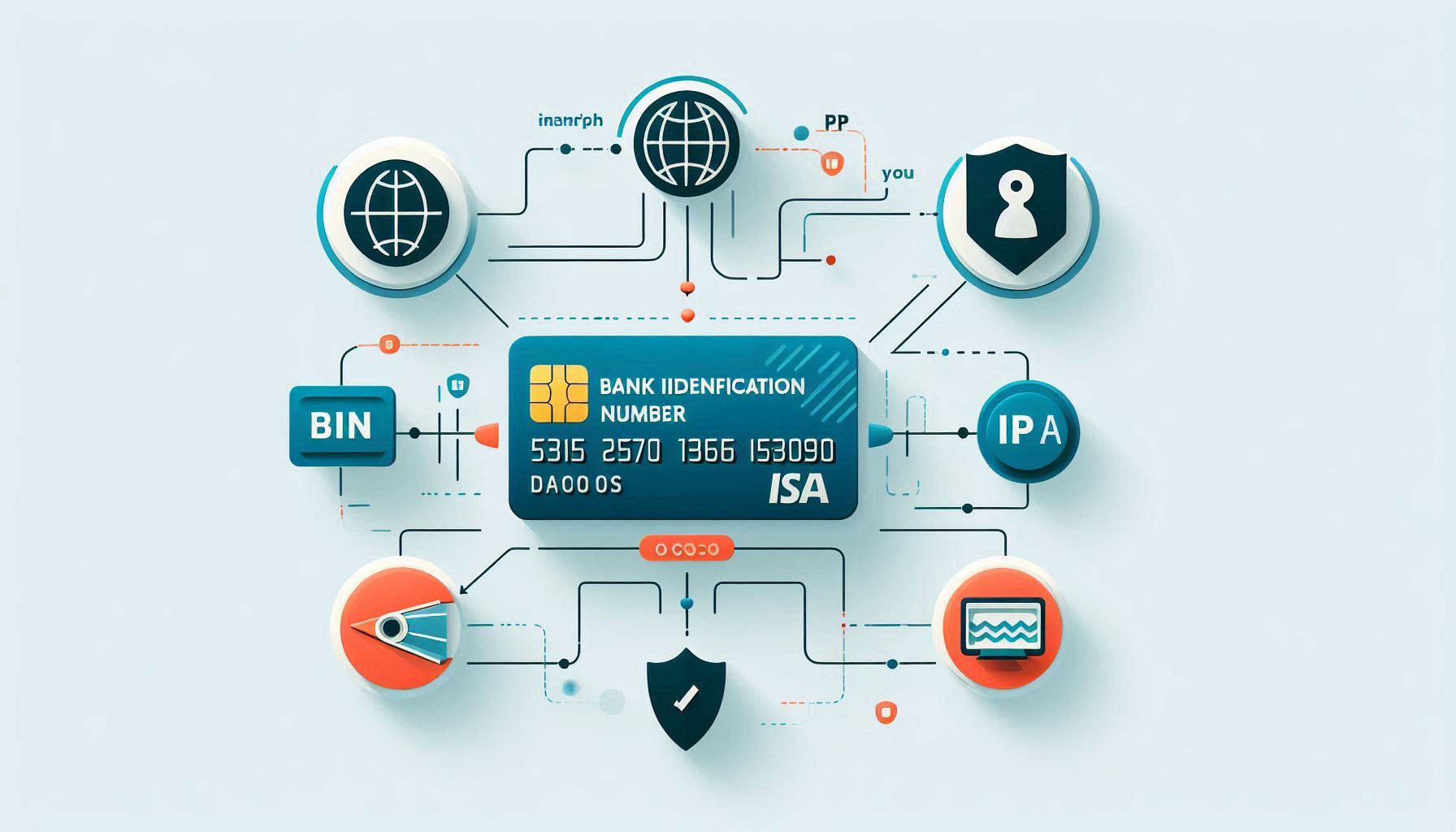
Fraudulent activities in online transactions have become increasingly sophisticated, prompting businesses to adopt advanced detection techniques. One such method involves cross-referencing Bank Identification Numbers (BINs) with IP addresses to spot anomalies and prevent fraud.
In this blog, we’ll explore how combining BIN data with IP address analysis strengthens fraud detection systems and provides actionable insights for securing transactions.
BIN data comprises the first six digits of a payment card, revealing essential details like the issuing bank, card type, and country of issuance. These insights help businesses identify discrepancies in transactions.
For example:
An IP address provides geolocation data about the user initiating the transaction. Key details include:
When combined with BIN data, IP address analysis creates a robust fraud detection framework by identifying mismatches between a card’s origin and the user’s location.
Compare the country of the BIN with the geolocation data from the IP address.
For example:
Fraudsters often use proxies or VPNs to mask their location. Cross-referencing BIN and IP data helps identify such behaviour.
Assign a risk score to transactions based on:
Higher risk scores might result in blocking or flagging transactions for manual review.
Cross-border payments are more prone to fraud due to regulatory and currency complexities. BIN and IP cross-referencing ensures:
Using machine learning algorithms enhances detection by identifying patterns in BIN and IP mismatches.
Combining BIN and IP data creates multiple checkpoints, reducing the risk of fraud slipping through.
Legitimate users benefit from seamless transactions when discrepancies are low, while fraudulent transactions are blocked.
Preventing fraudulent transactions reduces the financial burden of chargebacks and associated penalties.
Automated BIN and IP analysis speeds up the decision-making process without compromising security.
Leverage APIs like the BIN Card Info API for accurate BIN data and geolocation APIs for real-time IP analysis.
Ensure the BIN database is regularly updated to reflect newly issued BINs and avoid false positives.
Track BINs and IP addresses associated with fraudulent activity and adjust risk thresholds accordingly.
Add layers of security for transactions flagged during BIN and IP cross-referencing.
Feed your detection models with diverse datasets to improve their ability to spot fraud patterns.
Fraud detection is an ongoing challenge in digital commerce. By integrating BIN data and IP address cross-referencing, businesses can strengthen their security frameworks and provide a safer user experience.
Whether you’re an e-commerce merchant, payment processor, or financial institution, leveraging these techniques ensures enhanced fraud prevention, reduced risks, and improved customer trust.
Hi there!
Let's help you find right APIs!